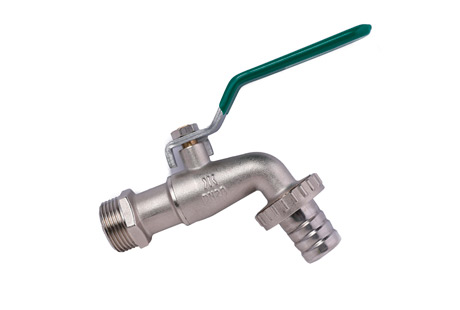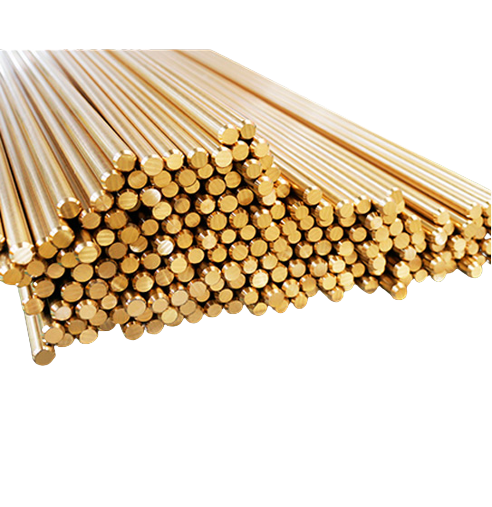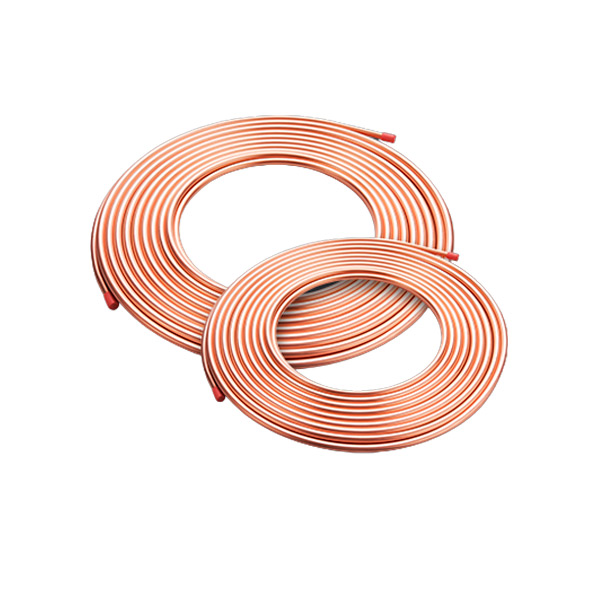When it comes to working with thin copper sheet rolls, there are several challenges and considerations that need to be taken into account. Thin copper sheet rolls are commonly used in various industries, including electronics, construction, and automotive, due to their excellent conductivity, malleability, and durability. However, the very qualities that make them desirable also bring forth certain challenges and considerations that professionals and enthusiasts must navigate.
Understanding the challenges of working with thin copper sheet rolls is essential to ensure successful outcomes and avoid unnecessary setbacks. In this blog post, we will explore four key challenges and considerations that arise when working with thin copper sheet rolls, shedding light on how to overcome them effectively.
Handling and Storage
One of the primary challenges in working with thin copper sheet rolls is the proper handling and storage of these materials. Due to their delicate nature, it is crucial to adopt suitable techniques to prevent any damage during transportation or storage. Additionally, thin copper sheet rolls are susceptible to oxidation and corrosion, hence demanding appropriate storage conditions, such as temperature and humidity control, to maintain their quality and prevent premature deterioration.
Cutting and Shaping
Cutting and shaping thin copper sheet rolls requires precision and expertise. While these sheets are malleable, they can also be quite delicate, making them prone to undesirable tears or deformations. It is crucial to employ the appropriate tools and techniques to ensure clean and accurate cuts without compromising the structural integrity of the copper sheet. Seeking professional guidance and using specialized cutting tools, such as rotary shears or laser cutters, can significantly enhance the cutting and shaping process, offering precise results.
Joining and Bonding
Joining thin copper sheet rolls can present a challenge, as traditional welding techniques may cause overheating or distortion. It is important to explore alternative methods, such as using adhesives or soldering techniques specifically designed for copper, to ensure strong and reliable joints. Adhesives containing high conductive materials, like silver or copper particles, can provide excellent bonding properties while preserving the electrical conductivity of the thin copper sheets.
Surface Protection
Given the susceptibility to oxidation and corrosion, protecting the surface of thin copper sheet rolls is critical for their longevity and optimal performance. Applying a protective coating or film can safeguard the copper sheets from harmful environmental factors, preventing tarnishing and preserving their appearance and functionality. Regular maintenance, such as cleaning with non-abrasive solutions and avoiding exposure to harsh chemicals, is also crucial for maintaining the integrity of the surface.
In conclusion, working with thin copper sheet rolls presents its own set of challenges and considerations. Proper handling and storage, precision cutting and shaping, appropriate joining and bonding techniques, and surface protection are all crucial aspects that professionals and enthusiasts need to be mindful of when working with thin copper sheets. By understanding and addressing these challenges, one can harness the benefits of thin copper sheet rolls effectively and achieve successful outcomes in various applications.
Remember, Jintian Copper offers high-quality thin copper sheet rolls that cater to the diverse needs of different industries. Their products ensure excellent conductivity, durability, and malleability, making them ideal for a wide array of applications. So, whether you are engaged in electronics, construction, automotive, or any other industry that requires thin copper sheet rolls, consider Jintian Copper for reliable and top-notch product options.

 English
English 日本語
日本語 한국어
한국어 français
français Deutsch
Deutsch Español
Español italiano
italiano العربية
العربية tiếng việt
tiếng việt Türkçe
Türkçe ไทย
ไทย 中文
中文




